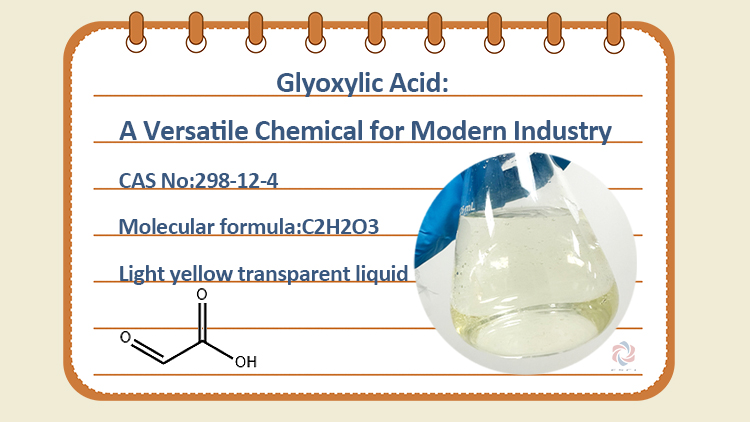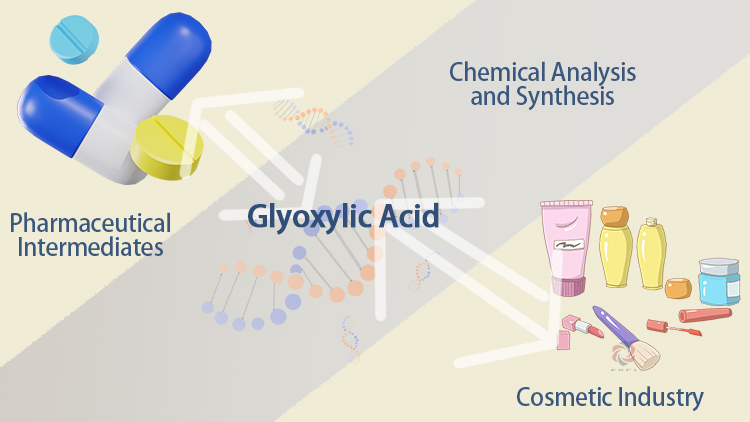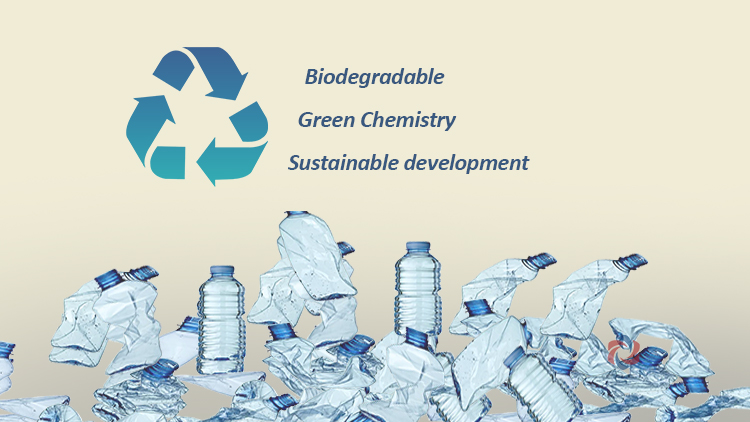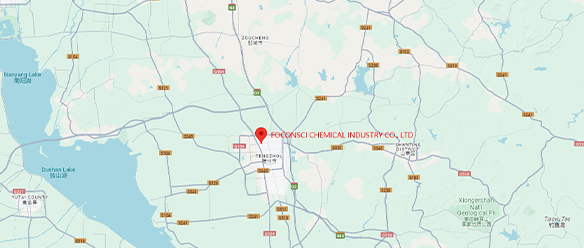Glyoxylic Acid: A Versatile Chemical for Modern Industry
Introduction and Basic Properties of Glyoxylic Acid
Glyoxylic acid (CAS 298-12-4), also known as formylformic acid, is a highly reactive chemical compound that contains both an aldehyde group (-CHO) and a carboxylic acid group (-COOH). Its molecular formula, C₂H₂O₃, makes it one of the simplest yet most industrially significant organic compounds. Glyoxylic acid is available in two primary forms: as an aqueous solution or in crystalline form. It is water-soluble, with a melting point of 50-52°C in its solid state.
The versatility of glyoxylic acid lies in its dual reactive sites, allowing it to participate in a wide range of chemical reactions. These properties make it a crucial building block for synthesizing numerous chemicals and pharmaceuticals, underscoring its value in the fine chemical industry.
Applications of Glyoxylic Acid Across Industries
1. Pharmaceutical Intermediates:
One of the most important applications of glyoxylic acid is as a precursor in pharmaceutical production. It serves as an intermediate in the synthesis of various active pharmaceutical ingredients (APIs). Glyoxylic acid is frequently used in reactions requiring aldehydes for condensation or derivatization, such as the production of allantoin or vanillin, which are utilized in dermatological and aromatic applications, respectively.
Associated Product:
Methyl Red (CAS 493-52-7): This indicator ensures the correct pH balance during pharmaceutical processes involving glyoxylic acid.
2. Cosmetic Industry:
In cosmetics, glyoxylic acid plays a key role as a pH adjuster and preservative. Notably, it is also used in hair straightening treatments, where its aldehyde group forms semi-permanent bonds with keratin, temporarily altering the hair structure. The benefit lies in its relatively low toxicity compared to other aldehyde-based straighteners.
3. Chemical Analysis and Synthesis:
Glyoxylic acid is also employed in analytical chemistry, where it functions as a reducing agent or a key reagent in various assays. Potassium bromide (CAS 7758-02-3) is often used in combination with glyoxylic acid in analytical methods to create stable reagents for pharmaceutical and fine chemical analysis, ensuring high-quality end products.
Glyoxylic Acid in Polymer Reactions and Cross-Linking
One of the most exciting applications of glyoxylic acid is in polymer chemistry, where it acts as a cross-linking agent, contributing to the development of advanced materials. Its functional groups allow it to form bonds between polymer chains, making it ideal for producing biodegradable plastics or enhancing the mechanical properties of materials.
Glyoxylic acid is particularly useful in the production of thermoset plastics and resins, improving durability and resistance. It is also utilized in water treatment polymers due to its ability to form stable complexes with metal ions.
Associated Products:
- Azobis(isobutyronitrile) (CAS 78-67-1): A popular polymerization initiator that works synergistically with glyoxylic acid in creating polymer matrices, especially in free-radical polymerization processes.
- Chitosan (CAS 9012-76-4): Glyoxylic acid modifies chitosan, a natural polysaccharide, enhancing its solubility and functionality—valuable for biomedical applications.
Environmental Impact and Sustainability
The shift toward sustainability in chemical production has highlighted glyoxylic acid as a more environmentally friendly option. Unlike more hazardous aldehydes and acids, glyoxylic acid is considered relatively safe and biodegradable, aligning with the principles of green chemistry.
L-Valine (CAS 72-18-4), an amino acid produced through bio-based methods, often complements glyoxylic acid in biopolymer production. Similarly, lycopene (CAS 502-65-8), a natural antioxidant, may be used in formulations that aim to combine health benefits with sustainability,For example, in the development of sustainable materials, lycopene can be used as an additive to provide antioxidant protection, while glyoxylic acid can be used as a cross-linking agent in polymer production. The combination of the two can be applied to the development of biodegradable food packaging, which can not only extend the service life of packaging materials, but also meet the requirements of green environmental protection.
Glyoxylic acid’s compatibility with bio-based raw materials enhances its appeal for manufacturers seeking to develop eco-friendly products. As interest in renewable chemicals grows, glyoxylic acid is poised to play a key role in the future of sustainable industrial processes.
Conclusion and Product Recommendations
In summary, glyoxylic acid (CAS 298-12-4) is a highly versatile compound with applications in various industries, from pharmaceuticals and cosmetics to polymer production and green chemistry. Its unique chemical properties make it a valuable building block for both traditional and emerging industrial processes.
At Foconsci Chemical Industry Co., Ltd., we offer a range of high-quality chemical products to optimize your formulations. With a commitment to international standards and sustainability, we are dedicated to enhancing your production efficiency and product quality.
Feel free to contact us for more information or to request a personalized quote!


 EN
EN
 AR
AR
 BG
BG
 HR
HR
 CS
CS
 DA
DA
 NL
NL
 FI
FI
 FR
FR
 DE
DE
 EL
EL
 HI
HI
 IT
IT
 JA
JA
 KO
KO
 NO
NO
 PL
PL
 PT
PT
 RO
RO
 RU
RU
 ES
ES
 SV
SV
 TL
TL
 IW
IW
 ID
ID
 LV
LV
 LT
LT
 SR
SR
 SK
SK
 VI
VI
 HU
HU
 TH
TH
 TR
TR
 GA
GA
 CY
CY
 KA
KA
 LA
LA
 MN
MN
 KK
KK
 LB
LB





